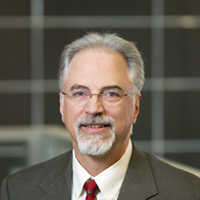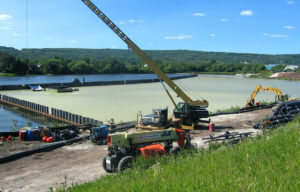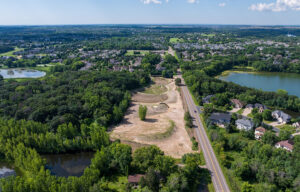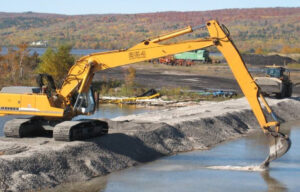Spent media management pathways for PFAS treatment applications
 The City of Bemidji’s drinking water treatment plant undergoes a granular activated carbon (GAC) changeout to maintain effective PFAS removal. Designed by Barr, the Minnesota facility features a dual-filtration system combining greensand and GAC technologies to provide safe, clean drinking water for the community.
The City of Bemidji’s drinking water treatment plant undergoes a granular activated carbon (GAC) changeout to maintain effective PFAS removal. Designed by Barr, the Minnesota facility features a dual-filtration system combining greensand and GAC technologies to provide safe, clean drinking water for the community.
Originally published in Water Environment Research
As regulations around PFAS (per- and polyfluoroalkyl substances) continue to tighten across industries—from drinking water production to industrial wastewater treatment and site remediation—organizations are under increasing pressure to adapt. One of the most effective solutions gaining traction is the use of adsorptive media to remove PFAS from drinking water, with granular activated carbon (GAC) and anion exchange resin (AER) leading the way.
There are multiple pathways for handling spent media, including traditional options like incineration and GAC reactivation, as well as innovative approaches such as supercritical water oxidation (SCWO).
However, although these technologies are effective, they generate PFAS-laden spent media that must be carefully managed—often at high costs and amid regulatory uncertainty. Fortunately, there are multiple pathways for handling spent media, including traditional options like incineration and GAC reactivation, as well as innovative approaches such as supercritical water oxidation (SCWO).
Onsite regeneration of GAC or AER and offsite GAC reactivation offer promising opportunities to reduce operating costs and energy consumption compared to single-use media disposal. Even spent regenerant can be recovered and reused, with concentrated PFAS-laden liquid treated through emerging destruction technologies.
For organizations navigating this complex landscape, understanding the full lifecycle of PFAS treatment media—and the evolving options for managing it—is key to staying compliant, cost-effective, and environmentally responsible.
Read the full article in Water Environment Research (or access the PDF below). Contact us for more information about Barr’s PFAS work.
About the authors
Katie Wolohan, PFAS market lead and senior environmental engineer, has more than 13 years of environmental consulting experience and assists clients with industrial and municipal water and wastewater treatment, water reuse, and environmental compliance and permitting. She works with clients to navigate water and wastewater treatment challenges and options from conceptual design and bench and pilot testing through full-scale system start-up. Katie has assisted with the evaluation, design, and implementation of several water treatment systems, including a specialized acid-recovery ion-exchange system, an advanced oxidation process system for the removal of 1,4-dioxane from drinking water, and multiple per- and polyfluoroalkyl substance (PFAS) treatment systems.
Don Richard, vice president and senior civil engineer, has three decades of experience treating industrial wastewater and groundwater contaminated by a wide variety of substances. He has managed numerous soil, sediment, and groundwater investigation and remediation projects to enhance and restore natural environments and promote redevelopment. In addition, he has directed several projects involving petroleum-release response actions; served as a senior technical resource in evaluating, pilot-testing, designing, and installing treatment technologies at contaminated sites; and managed the investigation and remediation of contaminated sediments in lakes, rivers, and wetlands.
Lead author: Alison L. Ling
Other contributing authors: Tiffany Stegner, Margaret Thompson, Sudhakar Viswanathan, Brian R. Pinkard, Anderson Ellis







